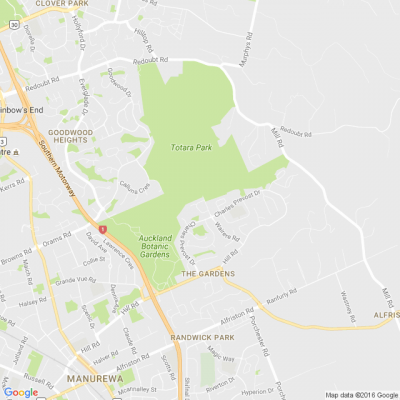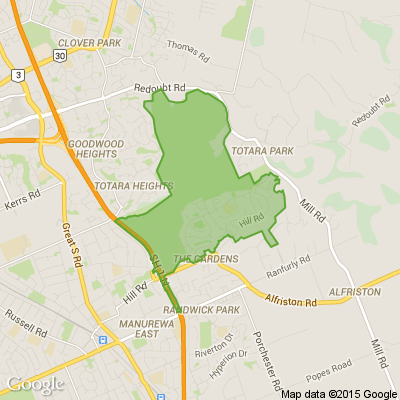Anti-Aging: fact or fiction?
Aging is a condition due to decay and degeneration of the cells. If these aging processes could be slowed or even reversed, it means that we would be able to slow and even reverse the effects of aging. Recent research suggests this is possible by undoing changes in gene activity—the same kinds of changes that are caused by decades of life in humans.
The A.G.E. Pill from Sisel International builds upon a major scientific breakthrough by University of New South Wales (UNSW) researchers. This NASA funded research was conducted to assist in protecting astronauts from cellular damage while on their mission to Mars. Researchers found that a compound called NAD+ plays a key role in protecting our bodies from cellular damage. (Read more about this research on agepillsuccess.com and scientificamerican.com).
Children seem to have boundless energy to go all day long. As we grow older, our stem cells become cluttered with cellular garbage causing decay and degeneration that lead to aging. (Stem cells are the master cells in our body that are able to transform every other cell and energize our biological systems.) By providing specialized super nutrients to the stem cells the natural processes of the body operate more efficiently and so slow this decay and degeneration.
The ingredients in the A.G.E. Pill supercharge this process and provide mainly three classes of advanced super nutrients to the stem cells, delivering intense support for:
1. Removal of glycation build-ups that inhibit intercellular proteins.
2. Reduction of toxins and cellular sludge resulting from lipofuscin.
3. Increase in ATP, providing biological hydrogen to help amplify cellular energy.
This could help you too to do what you want to do and be what you want to be, being revitalized and feeling youthful again.
Aletta Geldenhuys
PhD MSc

What workplace change would you like to see most?
This coming Monday is Labour Day in New Zealand. This public holiday marks when the eight-hour workday and 48-hour workweek became law in 1899. The idea started with Samuel Parnell, a carpenter in Wellington, who in 1840 refused to work more than eight hours a day. Since skilled workers were in short supply, his employer had to agree.
As more skilled workers arrived, employers tried to change working conditions, but Parnell and others kept pushing for better rights. In 1890, Parnell led a Labour Day parade of 1,500 people to promote the eight-hour day. He passed away shortly after, and nine years later, Labour Day became an official public holiday.
Do you feel that we have reached the ideal in working environments yet? What rights are you passionate about relating to employment? Share your thoughts!

Have you got your tickets yet?
Enjoy relaxed living in breathtaking Blenheim, Marlborough.
For just $15 a ticket, you could win this brand-new, fully furnished Jennian home, valued at over $1 million.
You can make this property your permanent residence, a holiday retreat, a rental, or simply sell it!
Get your tickets today at heartlottery.org.nz.

Crack the Code: Today's Riddle is a Real Brain Teaser!
One of these words does not belong: Brawl, Carrot, Change, Clover, Proper, Sacred, Stone, Seventy, Swing, Travel.
Do you know which one it is?
Do you think you know the answer to our daily riddle? Don't spoil it for your neighbours! Simply 'Like' this post and we'll post the answer in the comments below at 2pm.
Want to stop seeing riddles in your newsfeed?
Head here and hover on the Following button on the top right of the page (and it will show Unfollow) and then click it. If it is giving you the option to Follow, then you've successfully unfollowed the Riddles page.








 Loading…
Loading…